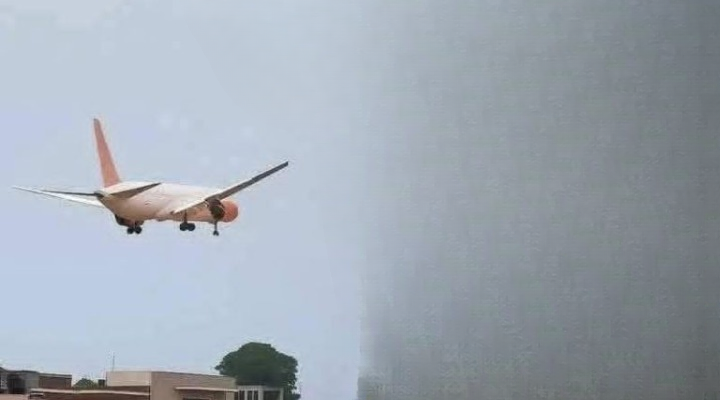Introduction: When Every Second Matters
Commercial aviation remains one of the safest forms of travel in the world, but behind every flight lies a complex network of professionals trained to react instantly if something goes wrong.
Rather than focusing on tragedy, this article looks at how pilots, controllers, engineers, and rescue units work together to keep passengers safe — even during the rarest emergencies.
Inside Modern Aviation Safety
Every large aircraft carries multiple redundant systems: engines, hydraulics, navigation tools, and digital flight controls.
If one component fails, backups take over within milliseconds.
Airlines also follow strict preventive-maintenance schedules approved by the International Civil Aviation Organization (ICAO) and national authorities such as the FAA or EASA.
Thanks to these protocols, 2025 has seen record-low accident rates, with millions of safe take-offs and landings each week.
The Human Factor: Training That Saves Lives
Pilots train year-round in full-motion simulators that replicate lightning, turbulence, and unexpected system alerts.
Cabin crews rehearse emergency procedures every 90 days — from smoke evacuation to first aid — ensuring that even a brief irregularity is handled calmly.
When an in-flight issue occurs, the captain coordinates with air-traffic control and dispatchers on the ground.
These teams calculate the nearest diversion airports, evaluate fuel load, and prepare emergency crews long before the aircraft touches down.
Emergency Services on the Ground
Airports maintain 24-hour fire and medical units positioned less than three minutes from any runway point.
During an alert, rescue vehicles, paramedics, and safety officers assemble before the aircraft arrives.
They follow a synchronized plan: secure passengers, assess risk, and contain any hazard — from minor smoke to hydraulic leaks.
Technology such as infrared cameras and autonomous drones now helps responders locate heat sources or debris faster than ever.
How Investigations Improve the Future
Whenever an aviation incident or near miss occurs, data recorders capture every cockpit instruction and sensor reading.
Specialists analyze these details not to assign blame but to enhance global safety standards.
Each finding feeds into training manuals, manufacturer updates, and new software that prevent similar situations from repeating.
This continuous-learning cycle is the reason flying grows safer every year.
The Emotional Side of Response
While numbers show success, the human element remains central.
Crisis counselors, airline representatives, and local authorities coordinate to support travelers and families after stressful events.
Empathy, transparency, and rapid communication build public confidence in aviation as an industry grounded in care.
Media and Public Awareness
In an age of instant headlines, responsible reporting matters.
Aviation experts urge audiences to verify information before sharing it on social platforms.
Accurate updates help emergency professionals work efficiently without distraction from rumors or speculation.
Lessons for Travelers
Even frequent fliers can take simple steps to stay informed and calm:
-
Listen carefully to the safety briefing — it’s more useful than many realize.
-
Identify the nearest exit within two rows.
-
Keep seat belts fastened whenever seated.
-
Follow crew instructions immediately; their training is designed for your protection.
These small actions make a big difference during unexpected turbulence or diversions.
Technology Leading the Way
Advancements in AI and predictive analytics now allow aircraft to detect anomalies before they escalate.
Smart sensors transmit real-time data to maintenance teams, while satellite networks provide uninterrupted global communication.
From engine performance tracking to weather-radar precision, innovation continues to redefine what “safe flight” means.
Conclusion: Preparedness, Not Panic
Aviation safety is built on preparation, teamwork, and constant improvement.
While dramatic headlines may grab attention, the real story is one of dedication — thousands of professionals worldwide working tirelessly so that air travel remains secure for everyone.
Every safe landing is proof of human skill, scientific progress, and global collaboration.
In the skies, readiness replaces fear — and that’s the message worth sharing.

